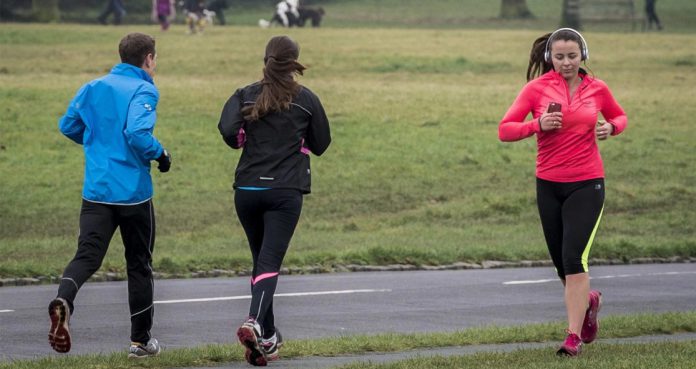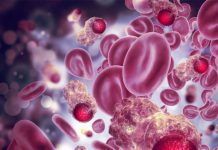There is growing evidence that exercise plays a pivotal role when it comes to recovering from cancer.
According to new international exercise guidelines released Wednesday in Medicine & Science in Sports & Exercise, even a little exercise can help avoid and survive many types of cancer.
The American Cancer Society, the American College of Sports Medicine, the University of British Columbia, and 14 other international organizations issued the new exercise guidelines. They updated almost 10-year-old recommendations with some of the new science and specific guidelines about what type of exercise and how much is helpful for people receiving a cancer diagnosis.
General speaking, the new recommendations advise cancer survivors to do aerobic and resistance training for at least 30 minutes a day, thrice a week.
Lead Author and Associate Professor at UBC’s Department of Physical Therapy Dr. Kristin Campbell said, “Exercise has been regarded as a safe and helpful way for cancer survivors to lessen the impact of cancer treatment on their physical and mental health, but the precise type and amount of exercise to treat the many different health outcomes related to cancer treatment hasn’t been clear.”
“In the absence of this information, cancer survivors were advised to strive toward meeting the general public health guidelines for all Americans — an amount of physical activity that may be difficult for people to achieve during or following cancer treatment,” added Dr. Campbell.
The first guidelines were put forward in 2010. Since then, there have been over 2,500 randomized controlled exercise studies in cancer survivors published across the world, with more specific and scientific evidence.
The new recommendations summarize the positive outcomes of exercise in cancer control, treatment, recovery, as well as prevention.
The new scientific evidence-based guidelines could be a useful tool for clinicians as well so they can give “exercise prescription” to their patients.
Exercise is quite important for cancer prevention and has been found effective at lowering the risk of seven types of cancer, which include breast, esophagus, stomach colon, endometrial, kidney, and bladder.
Incorporating exercise helps improve survival for cancer survivors. Exercising during and after treatment helps with fatigue, depression, anxiety, and physical function. It also improves quality of life. Dr. Campbell said, “The ultimate goal is to help people with cancer live longer and better lives. With these new guidelines and with continued research, we have a real opportunity to continue expanding the integration of exercise medicine into cancer care.”





















